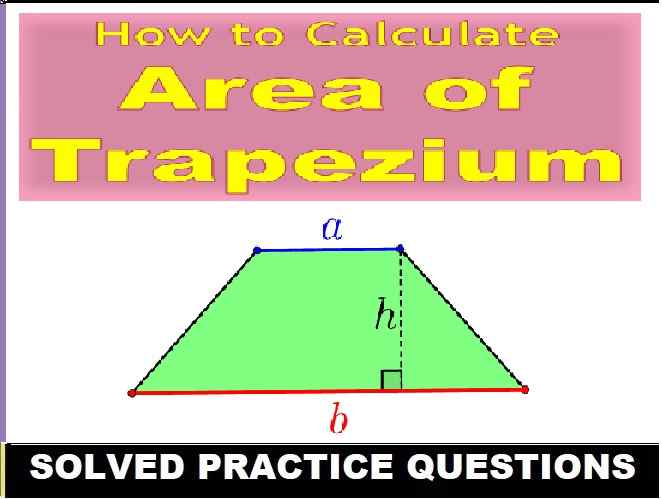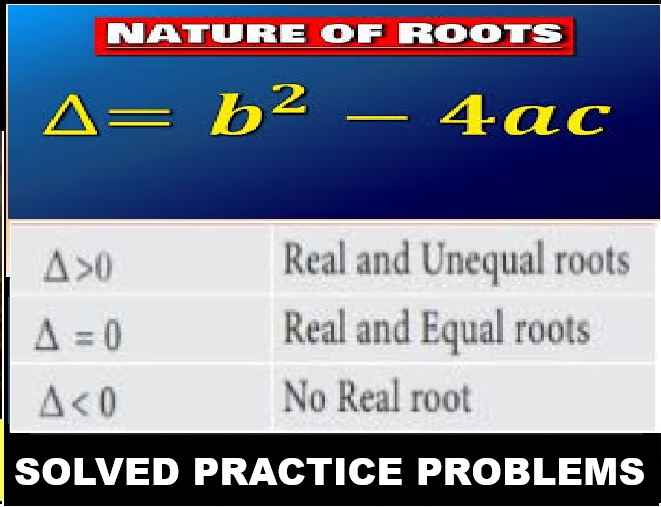Adaptation Class-6th Goyal Brothers ICSE Biology Solutions Chapter-8 Unit-1, Adaptation in Plants and Animals. We Provide Step by Step Answers of Objectives, Fill in the blanks , Find the odd one out, giving reason. Definitions and Short/Long Question Type answers of Chapter-8 Unit-1 Adaptation in Plants and Animals. Visit official Website CISCE for detail information about ICSE Board Class-6. Importance of adaptation in plants and animals in different habitats. What is adaptation. Introduction of adaptation in plants and animals. Types of organisms on the basis of habitat.
Adaptation Class-6th Goyal Brothers ICSE Biology Solutions Chapter-8 Unit-1
| Board | ICSE |
| Class | 6th |
| Subject | Biology |
| Book Name | Goyal Brothers |
| Chapter-8 | Adaptation |
| Unit-1 | Adaptation in Plants and Animals |
| Topic | Solution of exercise questions |
| Session | 2023-24 |
Importance of adaptation in plants and animals in different habitats.
The process where the animal’s body accommodates itself to survive, or live, in its environment. This also depends on their physical features to help them obtain food, keep safe, build homes, withstand weather, and attract mates.
What is adaptation.
The ability of living organisms to adjust themselves to their surroundings is called adaptation. Adaptations are the changes in structure or behaviour of an organism that will allow the organism to survive in that habitat.
Introduction of adaptation in plants and animals.
The adaptation happens according to the animal’s physical structure like the size and shape of body. The adaptation also occurs according to the way the animal behaves. There are certain challenges which are faced by animals while adapting themselves to a new environment
Types of organisms on the basis of habitat.
Aristotle divided organisms into 3 categories on the basis of their habitat. These 3 categories were terrestrial, aquatic and aerial organisms. Terrestrial, aquatic and aerial organisms lived on land, water and air respectively.
Adaptation Class-6th Goyal Brothers
ICSE Biology Solutions Chapter-8 Unit-1
Que: I. Multiple Choice Questions – Tick mark (√) the correct choice :
1. Which of the following is not a habitat ?
(a) Plants in a forest
(b) Fish in the lake
(c) Chairs in a classroom
(d) Frog in water and on land
Answer: option (c) Chairs in a classroom is correct.
2. Hydrilla is a ……………… aquatic plant.
(a) Submerged
(b) Floating
(c) Free-floating
(d) Any of the above
Answer: option (a) Submerged is correct.
3. Which of the following is a floating aquatic plant.
(a) Hydrilla
(b) Water lily
(c) Cactus
(d) None of these
Answer: option (b) Water lily is correct.
4. If tree are cone-shaped and have sloping branches, what does it indicate about the habitat in which the tree is found ?
(a) Desert habitat
(b) Very cold habitat
(c) Mountain habitat
(d) Aquatic habitat
Answer: option (c) Mountain habitat is correct.
5. Which feature helps birds to fly in air ?
(a) Presence of oil glands
(b) Presence of wings and feathers
(c) Presence of fins
(d) All the above.
Answer: option (c) Presence of fins is correct.
Que: II. Select the odd one out, giving reason :
Question: 1. Cactus, Agave, Acacia, Hydrilla
Answer: Hydrilla
Explanation – Hydrilla is an aquatic plant whereas others are desert plants.
Question: 2. Opuntia, Pine, Juniper, Fir
Answer: Opuntia
Explanation – Opuntia is it is a xerophyte and is found in deserts while the others are mesophytes and are found in mountains.
Que: III. Fill in the blanks :
1. The presence of special features which enable an organism to live in a particular habitat is called adaptation.
2. Organisms living on land are called terrestrial organisms.
3. Amphibious organisms are found in both water and land.
4. Aquatic habitat refers to organisms found in a habitat with water.
Que: IV. Answer the following questions :
Question: 1. Define the following :
(i) Habitat
Answer: Habitat is the dwelling place or the natural home of an organism that provides both food and shelter and also a suitable breeding place.
(ii) Adaptation
Answer: Important changes in the body or behavior of an organism that enables it to survive better in a habitat are called adaptations.
Question: 2. Why in floating aquatic plants, stem is thin and flexible ?
Answer: The roots of these plants do not reach the soil on the waterbed and they float freely on the surface of the water. Floating aquatic plants are small-sized, very light, spongy, and have air-filled spaces between their cells. Roots are reduced and the stem is thin and flexible to float freely on the surface of the water
Question: 3. Leaves in Hydrilla are long and thin. Why?
Answer: In Hydrilla, thin ribbon-like leaves are present that make it easier for the plant to move around in the water. Hydrilla is a submerged plant (Rooted plants that remain hidden under the water’s surface are known as submerged plants) with no stomata and a waxy cuticle on the leaves. The cuticle helps in preventing the plant from getting wet. Small, hollow stems enable these plants to float upright in the water and reduce water resistance. Hydrophytes either have very simple roots or none at all.
Question: 4. How water loss is prevented in desert plants?
Answer: Some desert plants store water in their leaves, stems, or roots. Others have thick, waxy skin that helps prevent water loss. Some desert plants have small leaves that help reduce evaporation. Others have deep taproots that help them reach the underground water sources.
Question: 5. What are the adaptations found in a desert animal like camel ?
Answer: Camels are adapted to live in extreme environments, both hot and cold. Unlike a lot of other mammals, most of a camel’s fat is stored in its humps, which allows for better thermoregulation. It makes it easier for them to release heat from their bodies in hot weather. Camels rarely sweat.
Question: 6. Name the adaptations found in (a) penguins and polar bears, (b) trees found in mountain regions, (c) aerial plants, (d) birds.
Answer: Name the adaptations found:
Adaptations in penguins:
- They have thick skin and a lot of fat to keep them warm in the cold.
- To remain warm, they huddle together in small groups.
- They have webbed feet and streamlined bodies when swimming, making them excellent swimmers.
Adaptations in polar bears:
- They have thick fur on their body to give warmth and protection from cold temperatures.
- White skin color helps to hide in snow as it merges with snow color.
- They have thickly padded feet, with thick fur to enable them to walk on snow.
- Branches are sloping.
- Trees have a cone shape.
- The leaves have a needle shape.
- The accumulation of snow is prevented by special structures.
- Thick bark on trees.
Adaptations in Aerial plants:
- Aerial plants live in air and are generally part of the rainforests.
- Formation of breathing roots and prop roots from aerial plants are two types of adaptations.
Adaptations in Birds:
- Birds have a streamlined body that is covered with feathers. The forelimbs of the birds are well-developed and modified into wings for flying. …
- The body shape of the birds reduces resistance to air during flight.
- Birds have a beak instead of a mouth. …
- Birds breathe or respire through their lungs.
— : end of Adaptation Class-6th Goyal Brothers ICSE Biology Solutions Chapter-8 Unit-1:–
Return to- ICSE Class -6 Goyal Brothers Biology Solutions
Thanks.
Please share with your friends if you find it useful.



Where is the half of fill in the blanks and
Match the following
send whatsapp of these question clearly of latest edition 2023-24 session so that it can be updated if any mistake